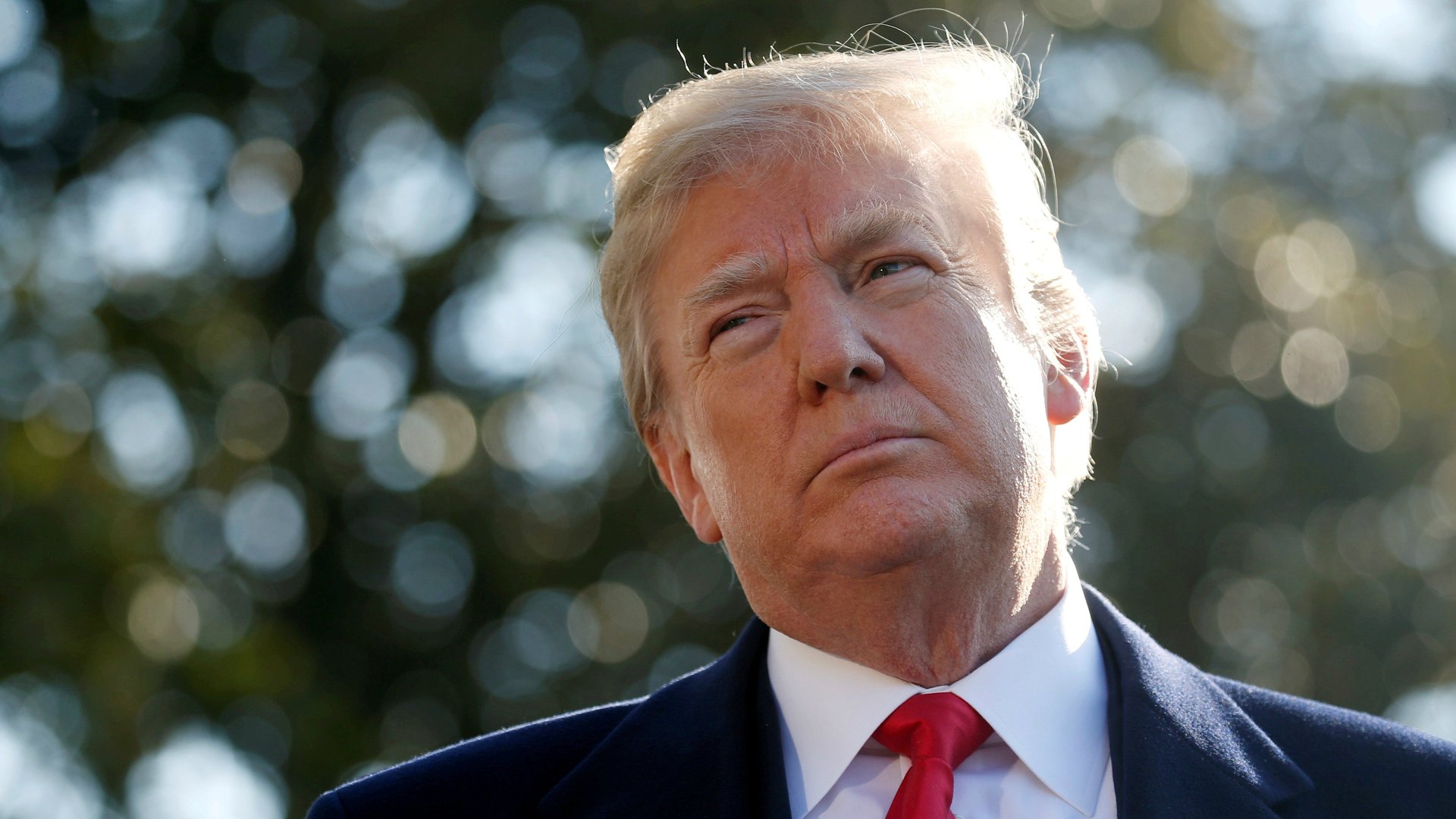Trump’s new China tariffs protect US intellectual property—but hobble innovation
Donald Trump just announced plans to slap nearly $50 billion worth of tariffs on Chinese goods—punishment against China for its unfair trade policies. With China prepared to retaliate, observers say that the move puts the US once step closer to igniting a global trade war.


Donald Trump just announced plans to slap nearly $50 billion worth of tariffs on Chinese goods—punishment against China for its unfair trade policies. With China prepared to retaliate, observers say that the move puts the US once step closer to igniting a global trade war.
The tariffs are an attempt to protect US companies’ intellectual property. But in so doing, Trump is championing corporations at the expense of middle-class Americans whose interests he claims to serve.
Trump’s proposal is based on an investigation he commissioned in August 2017, which found that Chinese industrial policies are designed to help its native companies acquire the technology of US firms and give Chinese companies a leg up over American competitors, said Peter Navarro, director of the White House National Trade Council, in a press briefing today. Of particular concern are China’s longstanding habits of compelling foreign companies to share technology and form joint-ventures with local partners as a condition of investing in China.
The tariffs are explicitly calculated to help the US recoup losses from from the forfeiting of this intellectual property and being forced to share profits with Chinese partners, said Peter Navarro, director of the White House National Trade Council, on the call.
The 1974 law Trump is invoking to impose the tariffs, known as Section 301, authorizes the US president retaliate against a foreign country’s “unfair trade practices” (pdf, p.64). More specifically, the law is designed to deal with bilateral trade—import restrictions and export subsidies that make it hard for US companies to sell their goods in that country.
China’s intellectual property-poaching practices are certainly maddening for US companies that want to operate in China. But technology transfers and investment restrictions are not conventional trade, says Dean Baker, economist at the Center for Economic and Policy Research, a nonpartisan think tank. What’s more, they actually have an upside for the US.
“The idea of technology transfers is a common pattern that many developing countries try to institute: ‘If you want to invest here, have access to our markets, part of the deal is that you have to share your knowledge with us,'” he says. “That’s not a bad thing and it’s not a wrong thing. The US would benefit from that.”
That’s because mastering foreign technology could allow Chinese companies to make goods more cheaply, pushing down prices for American consumers (and everywhere else, for that matter). Chinese companies might also apply that technology to come up with something altogether new that improves people’s lives. Korea and Japan developed their economies using similar strategies, and those countries have gone on to benefit consumers worldwide with their electronic and automotive innovations.
Of course, American companies that own the technology don’t want to compete with Chinese companies on cost or against a new product. But then, that’s the whole mechanism by which gains from trade are made: encouraging competition.
This gets to the hollow heart of Trump’s supposed defense of middle-class Americans. Instead of raising more trade barriers—risking making goods more expensive for US consumers and businesses—he might consider opposing the monopolies the US government grants its own companies under the aegis of “intellectual property,” which let US companies charge consumers vastly more than they would in a true market economy. Instead, his action today attacks China for failing to honor those protections.